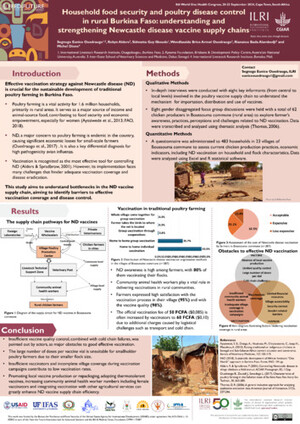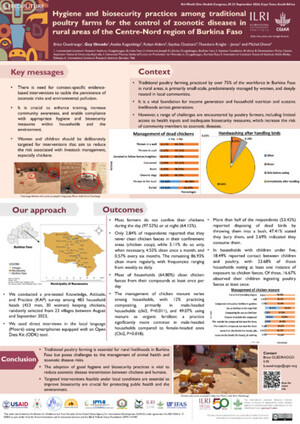
Risk of exposure to marketed milk with antimicrobial drug residues in Ghana
Abstract
The study was carried out to determine the extent to which antimicrobial drugs may be translocated into milk and the associated risk of exposure by consumers. A total of 394 milk samples were collected in the study sites in dry and wet seasons, and from different categories of milk market agents, including producers (farmers), processors, wholesalers (assemblers) and retailers. The milk samples were screened for antimicrobial drug residues using the Charm Aim-96 antimicrobial inhibition assay screening kit. Overall, 35.5% (140/394) of the milk samples collected were contaminated with one or more of the antimicrobial drugs screened. This translates into an average risk of exposure every third time a consumer drinks locally produced milk. There was no significant difference in contamination levels between season and area of sampling. Among market agents, contamination levels ranged from 16.6% (9/54) for wholesalers or milk assemblers to 54.2% (13/24) for milk processors. There were no significant differences in prevalence proportions of drug residues in milk from different types of traders between and within locations.
Citation
Aning, K.G.; Donkor, E.S.; Omore, A.; Nurah, G.K.; Osafo, E.L.K.; Staal, S. 2007. Risk of exposure to marketed milk with antimicrobial drug residues in Ghana. The Open Food Science Journal 1:1-5.










